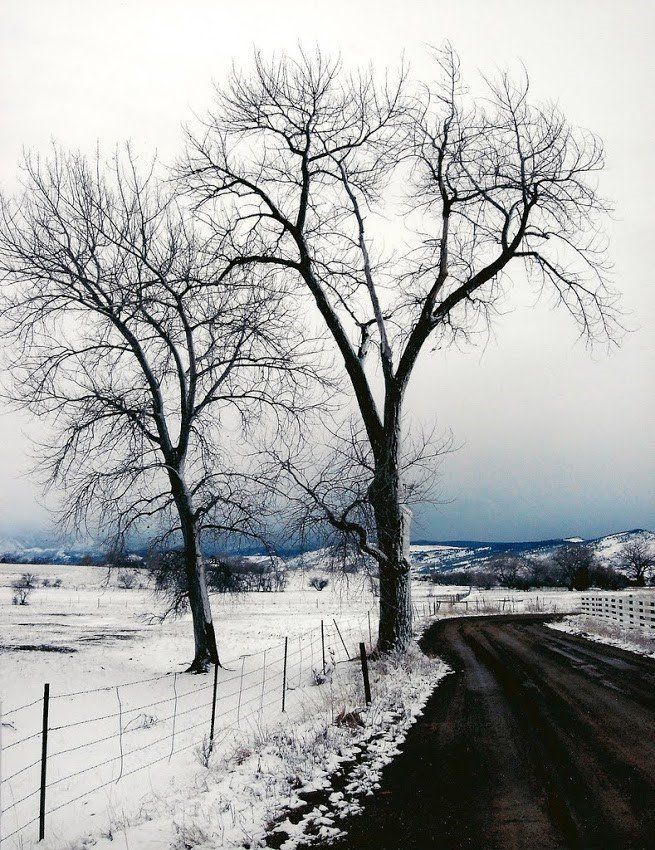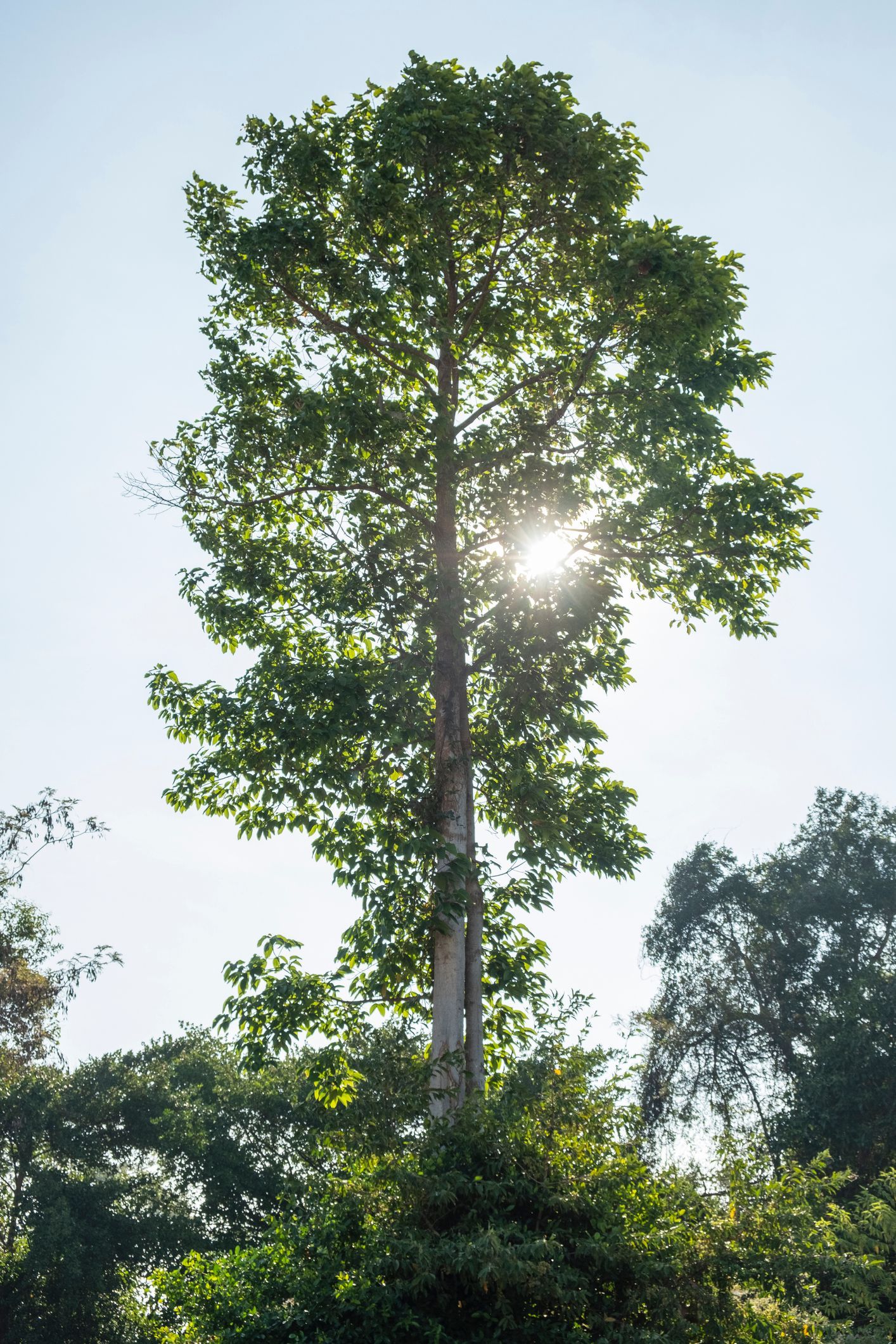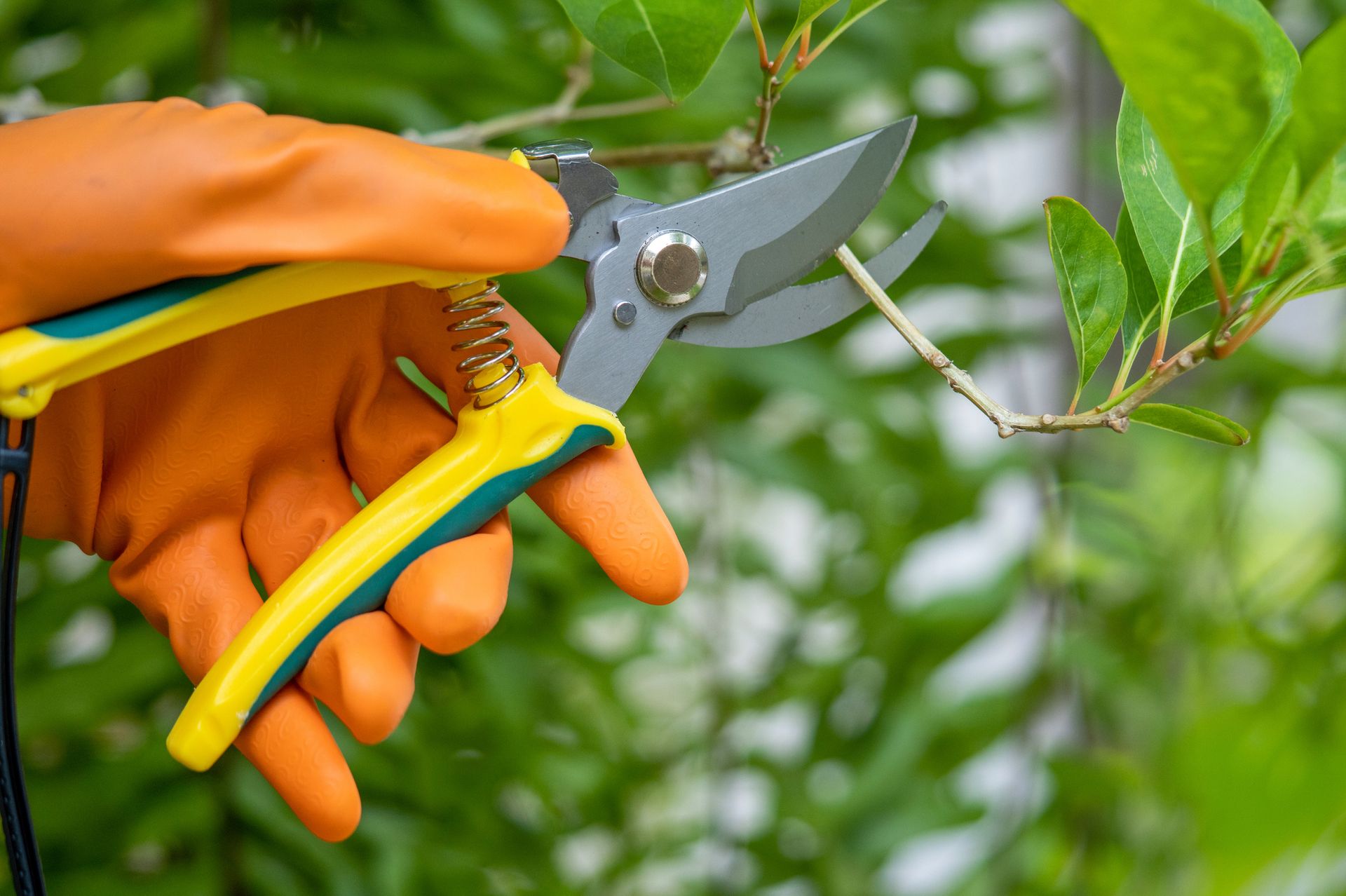5 Reasons to Remove a Dead or Dying Tree During Winter
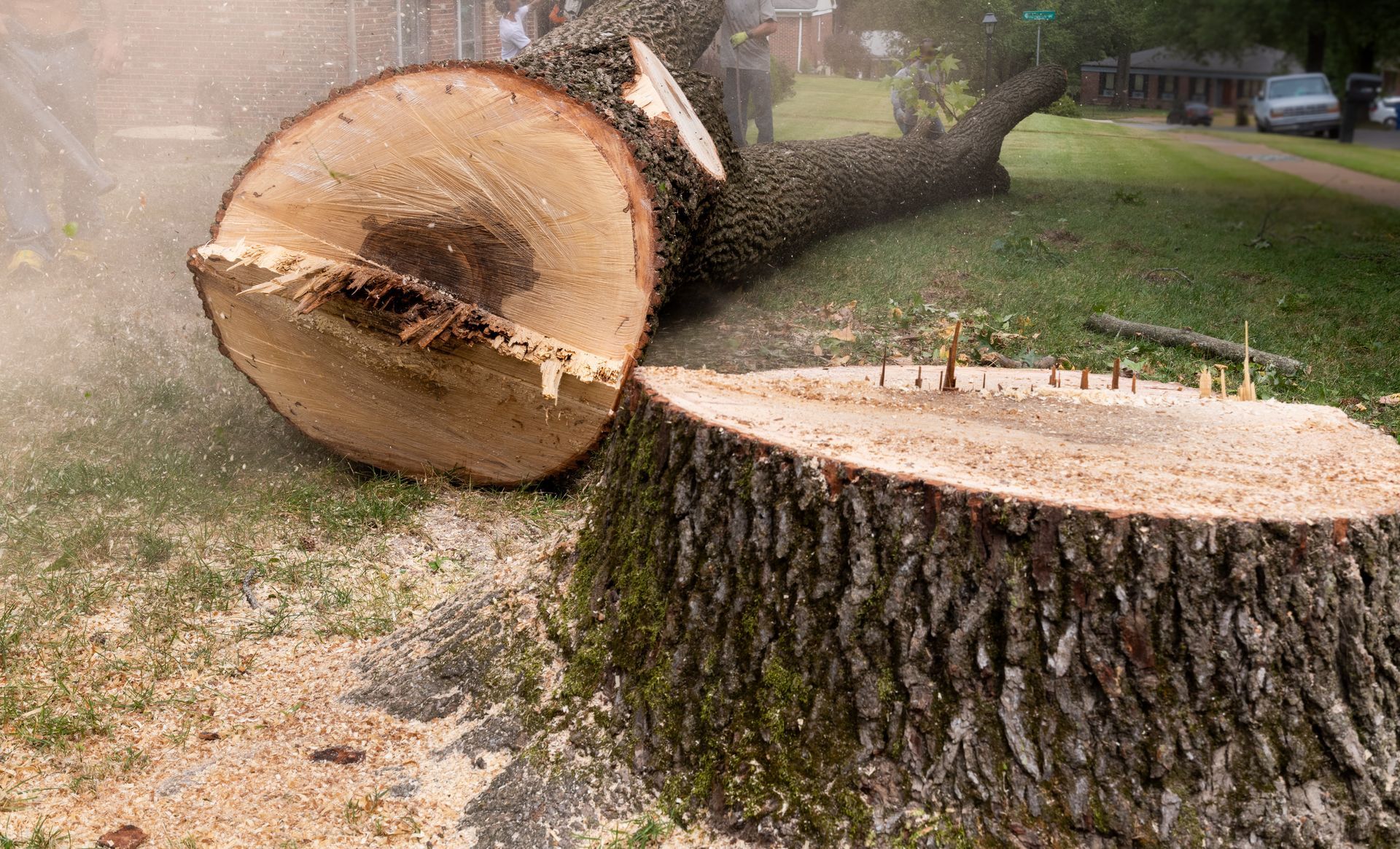
Maintaining healthy, safe trees is an important part of protecting your home and enhancing your landscape. If you’re searching for reliable tree service in Chesterfield, MO , Baumann Tree Service delivers professional results you can depend on. We proudly serve homeowners and businesses throughout Chesterfield with expert solutions designed to keep trees strong, attractive, and safe year-round. Professional Tree Removal in Chesterfield, MO Damaged, dying, or storm-compromised trees can quickly become a hazard. Our tree removal in Chesterfield, MO is performed with safety and precision as the top priorities. From tight residential spaces to larger commercial properties, our experienced crew uses industry-approved methods to remove trees efficiently while protecting nearby structures and landscaping. Quality Tree Trimming in Chesterfield, MO Routine tree trimming in Chesterfield, MO helps improve tree structure, prevents broken limbs, and promotes healthy growth. Proper trimming also enhances curb appeal and reduces the chance of damage during high winds or heavy storms. Baumann Tree Service customizes every trimming plan to the specific needs of your trees and property. . Dependable Tree Care in Chesterfield, MO Healthy trees require ongoing attention. Our complete tree care in Chesterfield, MO services focus on long-term tree health through expert pruning, risk assessments, and preventative maintenance. We work to identify potential issues early, helping your trees remain an asset to your property for years to come. Why Chesterfield Homeowners Choose Baumann Tree Service Locally owned and operated Skilled, safety-conscious professionals Honest recommendations and reliable service Residential and commercial tree solutions When you need dependable tree service in Chesterfield, MO , Baumann Tree Service is ready to help with everything from routine maintenance to emergency tree removal. 📞 Call Baumann Tree Service today at 636-375-2812 to schedule your free estimate and keep your Chesterfield property looking its best.
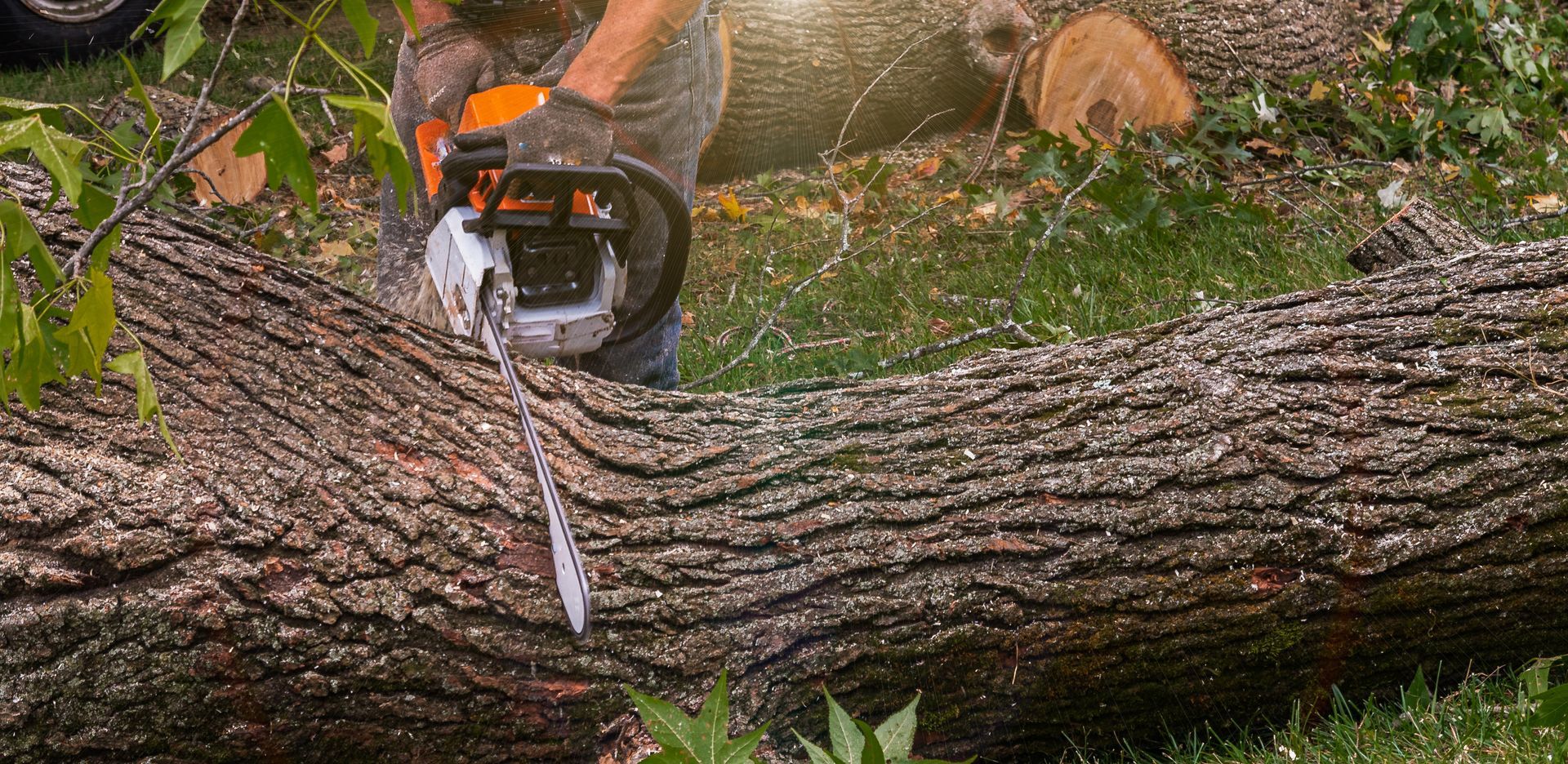
When it comes to protecting your property and keeping your landscape healthy, choosing the right tree service in St. Louis, MO matters. At Baumann Tree Service , we proudly serve homeowners and businesses throughout the area, providing dependable, professional solutions for all your tree needs. Whether you’re dealing with storm damage, overgrown branches, or a hazardous tree, our experienced team is here to help. Expert Tree Removal in St. Louis, MO Not every tree can or should be saved. Dead, diseased, or dangerously leaning trees can pose serious risks to your home, vehicles, and loved ones. Our tree removal in St. Louis, MO is designed to safely and efficiently remove problem trees while minimizing impact to your property. We use professional equipment and proven techniques to handle even the most challenging removals with care and precision. Safe and Reliable Tree Trimming in St. Louis, MO Regular tree trimming in St. Louis, MO is essential for maintaining the health, appearance, and safety of your trees. Overgrown branches can interfere with power lines, block sunlight, or break during storms. Baumann Tree Service offers expert trimming that promotes healthy growth, improves curb appeal, and reduces the risk of falling limbs. Proper trimming also helps trees withstand Missouri’s unpredictable weather. Complete Tree Care in St. Louis, MO Healthy trees add beauty and value to your property. Our comprehensive tree care in St. Louis, MO focuses on long-term tree health, including proper pruning, risk assessments, and preventative maintenance. We take the time to evaluate each tree individually and recommend solutions that help your landscape thrive year after year. Why Choose Baumann Tree Service in St. Louis, MO? Why Choose Baumann Tree Service in St. Louis, MO? Locally owned and operated Experienced, professional, and safety-focused crew Prompt, honest, and dependable service Residential and commercial tree service solutions If you’re looking for a trusted tree service in St. Louis, MO, Baumann Tree Service is ready to help with everything from routine maintenance to emergency tree removal. 📞 Call Baumann Tree Service today at 636-375-2812 to schedule your free estimate and keep your trees healthy, safe, and beautiful.
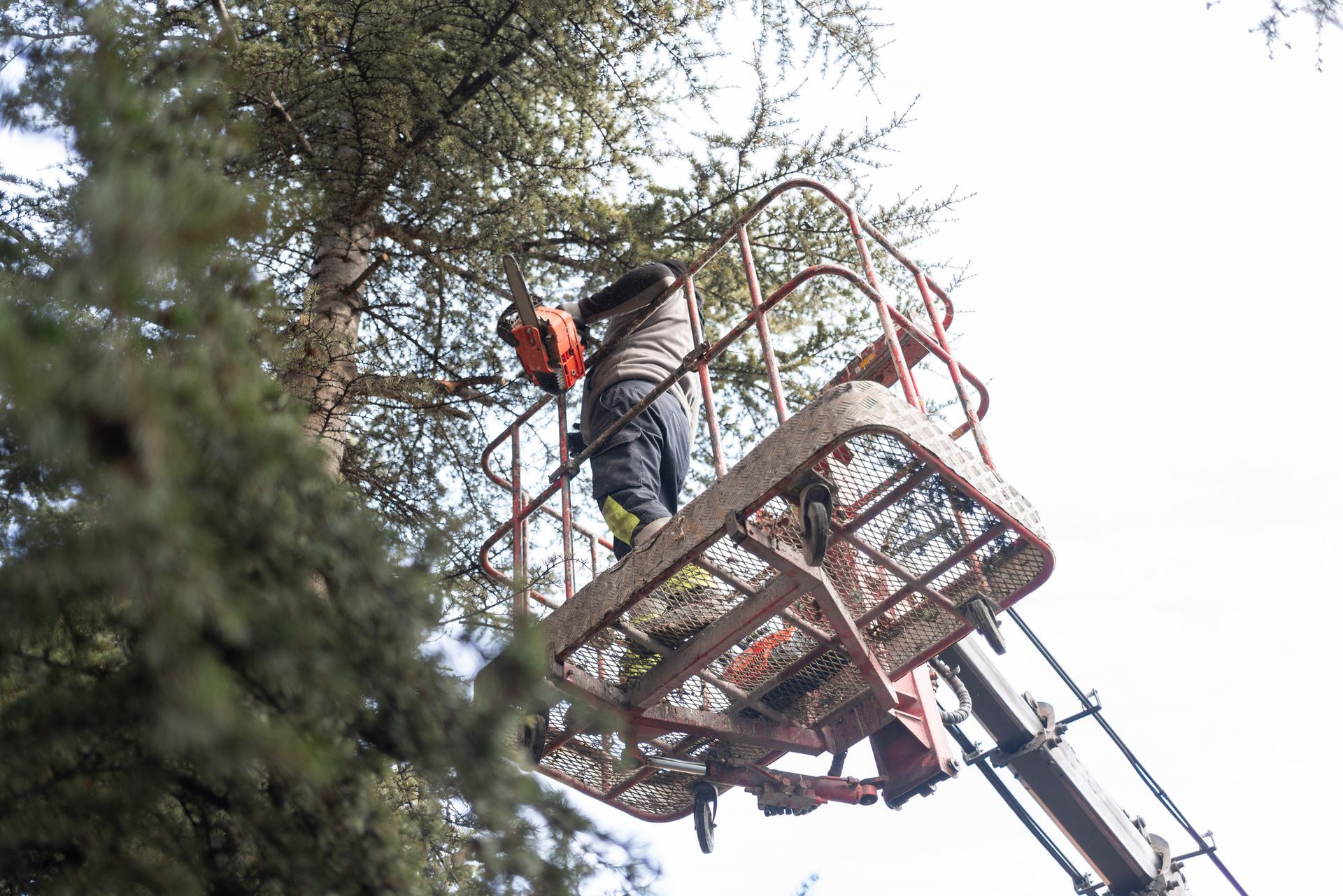
Taking care of your trees is essential for the safety, beauty, and health of your property. In Chesterfield, MO , Baumann Tree provides professional tree services, tree trimming, tree care, and tree removal to help homeowners maintain strong, healthy, and safe landscapes. Call us today at 636-375-2812 to schedule a consultation or service. 1. Professional Tree Trimming in Chesterfield, MO Regular tree trimming keeps your trees healthy and prevents damage from overgrown or dead branches. Proper tree trimming in Chesterfield, MO removes weak or hazardous limbs, improves the tree’s structure, and encourages healthy growth for the coming seasons. Our trained arborists ensure trimming is done safely and efficiently. 2. Safe Tree Removal When Needed Sometimes a tree becomes a hazard due to disease, damage, or age. Tree removal in Chesterfield, MO should always be handled by professionals to ensure safety for your home, vehicles, and landscape. Baumann Tree has the expertise and equipment to remove trees of any size safely and efficiently. 3. Complete Tree Care Services Beyond trimming and removal, ongoing tree care in Chesterfield, MO is key to maintaining strong, healthy trees. We offer services that address disease prevention, pest management, structural support, and overall tree health. Regular care prolongs the life of your trees and enhances the beauty of your property. 4. Full-Service Tree Solutions Baumann Tree provides comprehensive tree services in Chesterfield, MO . From emergency storm response to routine maintenance, we handle all aspects of tree care with professionalism and safety in mind. Our team can assess your property, recommend solutions, and execute services efficiently to keep your trees thriving. Call Baumann Tree for Expert Tree Services in Chesterfield, MO Whether you need tree trimming, tree removal, tree care, or full tree services in Chesterfield, MO , Baumann Tree is here to help. Contact us today at 636-375-2812 for professional, reliable, and safe tree services.

As the leaves begin to change and temperatures cool in St Louis, MO , it’s the perfect time to give your trees some attention. Proper fall care helps protect your property, prevent damage, and set your landscape up for a healthy spring. At Baumann Tree , we specialize in tree services, tree trimming, tree removal, and tree care in St Louis, MO , and we’re here to help homeowners prepare their trees for the season. Call us today at 636-375-2812 to schedule a consultation.
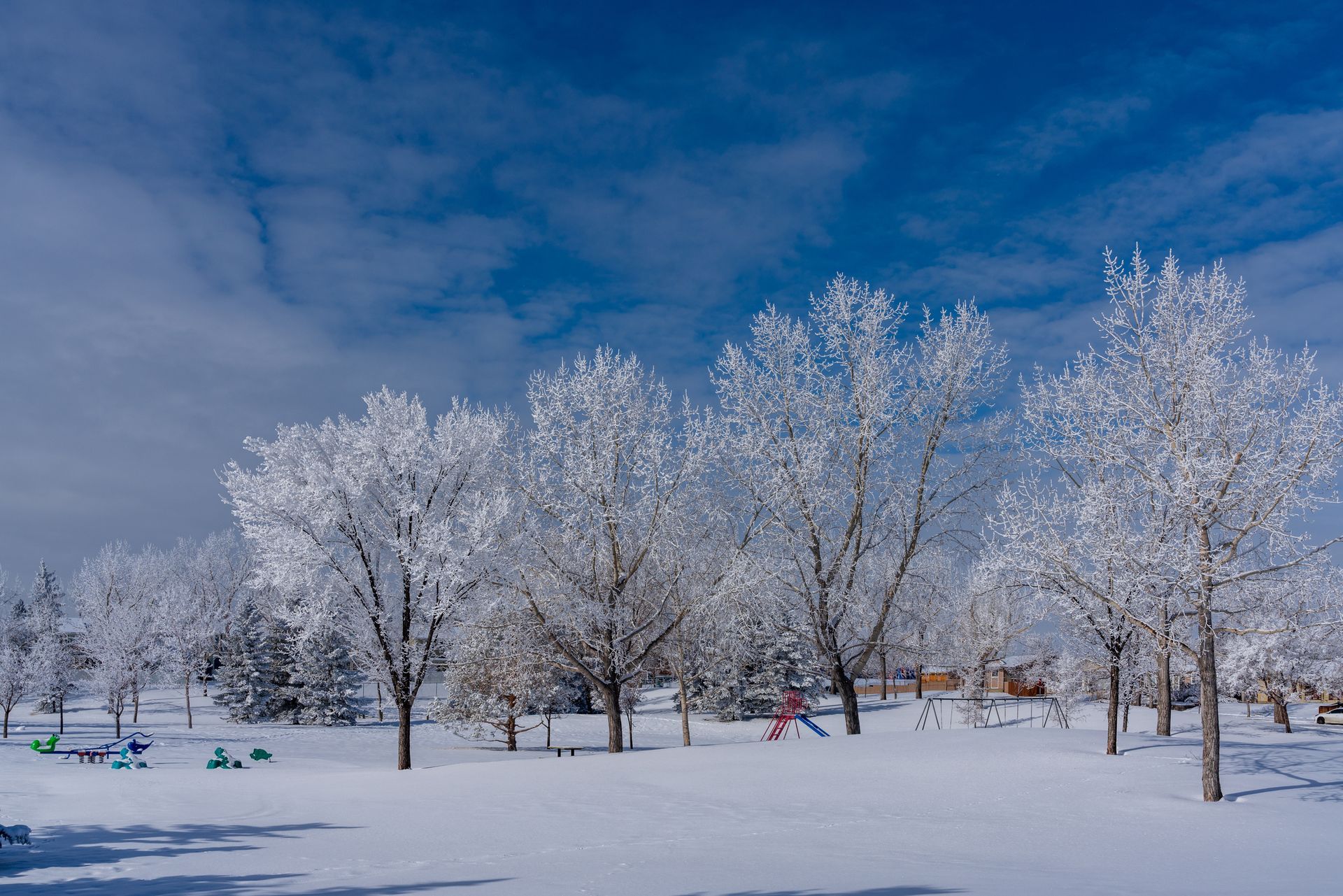
Winter in St Louis, MO can be tough on trees. Freezing temperatures, ice, and snow add stress that can lead to broken branches, structural damage, and safety hazards. At Baumann Tree , we provide professional tree services, tree trimming, tree removal, and tree care in St Louis, MO, h elping homeowners protect their property and prepare their trees for the season. Call us today at 636-375-2812 to schedule a winter tree evaluation. 1. Winter Tree Trimming for Safety and Health Winter is one of the best times for pruning because trees are dormant. Tree trimming in St Louis, MO removes weak, dead, or overextended limbs that are most likely to break under snow or ice. Proper trimming reduces hazards, keeps your landscape looking neat, and promotes healthy growth when spring returns. 2. Remove Dangerous Trees Before Winter Storms If a tree is leaning, decaying, or showing signs of structural weakness, winter weather can make it a safety risk. Professional tree removal in St Louis, MO ensures unstable trees are removed safely, protecting your home, vehicles, and nearby structures from damage. 3. Protect Young and Newly Planted Trees Young trees are particularly vulnerable during the winter months. Adding mulch around the base insulates roots and helps regulate soil temperature, while checking moisture levels before freezing prevents drying and damage. Proper care ensures your young trees survive the winter and thrive in spring. 4. Clear Dead Branches and Debris Removing dead branches and yard debris before winter reduces the risk of damage during snow and ice storms. It also keeps your property safe and makes it easier to spot potential hazards in your trees. 5. Schedule a Professional Winter Tree Inspection A professional inspection from Baumann Tree can identify hidden issues such as weak branches, internal decay, or pest damage. Addressing these problems before winter ensures your trees remain strong and your property stays protected. Call Baumann Tree for Winter Tree Care in St Louis, MO Whether you need tree services, tree trimming, tree removal, or full tree care in St Louis, MO , Baumann Tree is ready to help you prepare for winter safely. Call us at 636-375-2812 today to schedule your service.
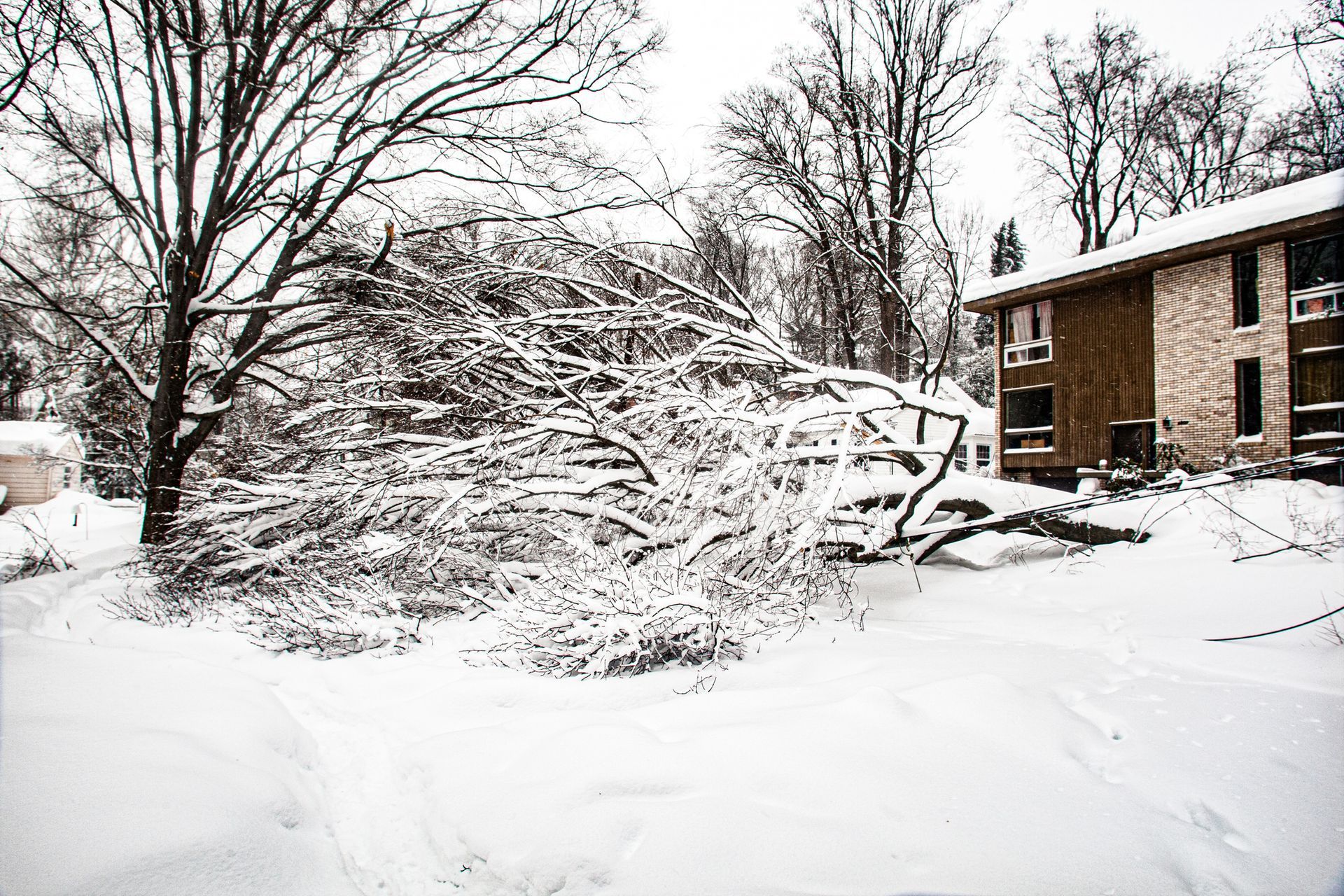
Severe storms in St Louis, MO can cause sudden and dangerous tree damage, from broken limbs to fallen trees. When a storm strikes, it’s critical to act quickly to protect your home, vehicles, and property. At Baumann Tree , we offer expert emergency tree services, tree removal, tree trimming, and full tree care in St Louis, MO . Call us immediately at 636-375-2812 if you have storm-damaged trees. 1. Fast Emergency Response Storm damage often requires immediate attention to prevent further property damage or injury. Our team is trained to respond quickly and safely, assessing the situation and removing dangerous limbs or fallen trees efficiently. Whether it’s a single branch or a large storm-damaged tree, Baumann Tree has the equipment and expertise to handle it. 2. Safe Tree Removal After Storm Damage Trees that are cracked, split, or leaning after a storm pose serious risks. Professional tree removal in St Louis, MO ensures these hazardous trees are safely removed without causing additional damage to your property. Attempting removal yourself can be dangerous — always rely on trained experts. 3. Emergency Tree Trimming to Prevent Further Damage Sometimes a tree is partially damaged but still standing. In these cases, tree trimming in St Louis, MO can remove broken or weakened limbs, stabilizing the tree and preventing further breakage. Prompt trimming also keeps your property safer until a full evaluation or removal is possible. 4. Full Tree Care After Storms After immediate hazards are addressed, it’s important to inspect the rest of your trees. Professional tree care in St Louis, MO ensures hidden damage, disease, or stress is identified early, helping your landscape recover fully from the storm. Call Baumann Tree for Emergency Storm Damage Services in St Louis, MO If a storm has damaged your trees, don’t wait. Emergency tree services, tree removal, tree trimming, and full tree care in St Louis, MO are just a call away. Contact Baumann Tree at 636-375-2812 for fast, safe, and professional service.

Taking care of your trees is about more than just maintaining curb appeal—it’s about protecting your property, keeping your family safe, and ensuring your landscape stays healthy year-round. At Baumann Tree , we’re proud to provide professional tree removal, tree trimming, and tree services in St. Louis and the surrounding areas.

Call Baumann Tree Today: (636) 375-2812 If you’re looking for reliable, professional, and affordable tree service in St. Louis, MO , look no further than Baumann Tree . We specialize in tree removal , tree trimming , and complete tree care services for homeowners and businesses throughout the St. Louis area. With years of experience and a commitment to safety, we’re the trusted choice for tree work of all types. Whether you need hazardous tree removal in St. Louis, MO , or regular maintenance like tree trimming , our team is ready to help. Call us today at (636) 375-2812 for a free estimate. Expert Tree Removal in St. Louis, MO Dead, damaged, or dangerously leaning trees can pose a serious risk to your property and safety. Our experienced crew provides safe and efficient tree removal services in St. Louis, MO , using advanced equipment and proven techniques to handle even the most complex removals. Don’t wait for a storm to take down a weak tree. Our professionals assess risk factors and remove trees before they become a liability. If you're unsure whether a tree on your property needs to come down, call Baumann Tree for a consultation. Quality Tree Trimming in St. Louis, MO Regular tree trimming in St. Louis, MO is essential for maintaining the health, shape, and structure of your trees. Overgrown branches not only look unkempt, but they can also interfere with power lines, block sunlight, and create safety hazards. At Baumann Tree, we trim for health, safety, and appearance. We know how to properly prune a wide range of local tree species and help homeowners maintain beautiful, balanced trees that add value and curb appeal to their property. Our tree trimming services in St. Louis include: Crown thinning and shaping Deadwood removal Clearance for structures and walkways Seasonal pruning for optimal growth Full-Service Tree Care in St. Louis, MO Beyond trimming and removal, Baumann Tree offers complete tree care services in St. Louis, MO , tailored to your property’s specific needs. Our comprehensive offerings include: Tree health inspections and disease diagnosis Emergency storm cleanup and debris removal Stump grinding and root removal Brush clearing and lot preparation Tree cabling and bracing for structural support We work with both residential and commercial properties to ensure safe, healthy, and attractive landscapes year-round. Why Choose Baumann Tree? Choosing the right company for tree service in St. Louis, MO can save you time, money, and stress. Baumann Tree is a locally owned and operated business with a reputation for honesty, hard work, and top-quality service. What sets us apart: Fully insured and licensed professionals Affordable, transparent pricing Prompt and courteous service 24/7 emergency response available Locally rooted and community-focused We take pride in our workmanship and treat every property like it’s our own. Request a Free Estimate Today If you need tree trimming, tree removal , or any other tree service in St. Louis, MO , don’t wait. Call Baumann Tree today at (636) 375-2812 to speak with a member of our team and schedule your free, no-obligation estimate. Baumann Tree – Providing safe, affordable, and professional tree services in St. Louis, Missouri


